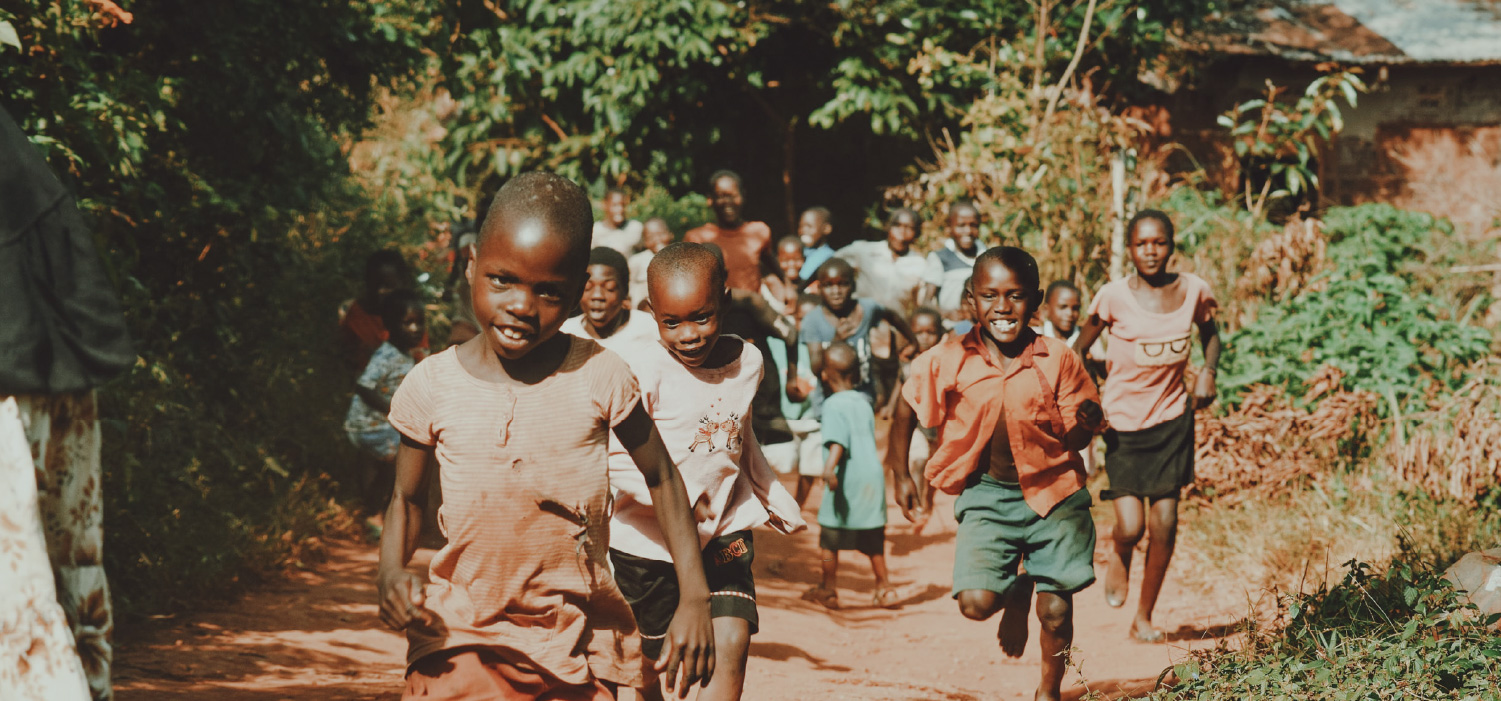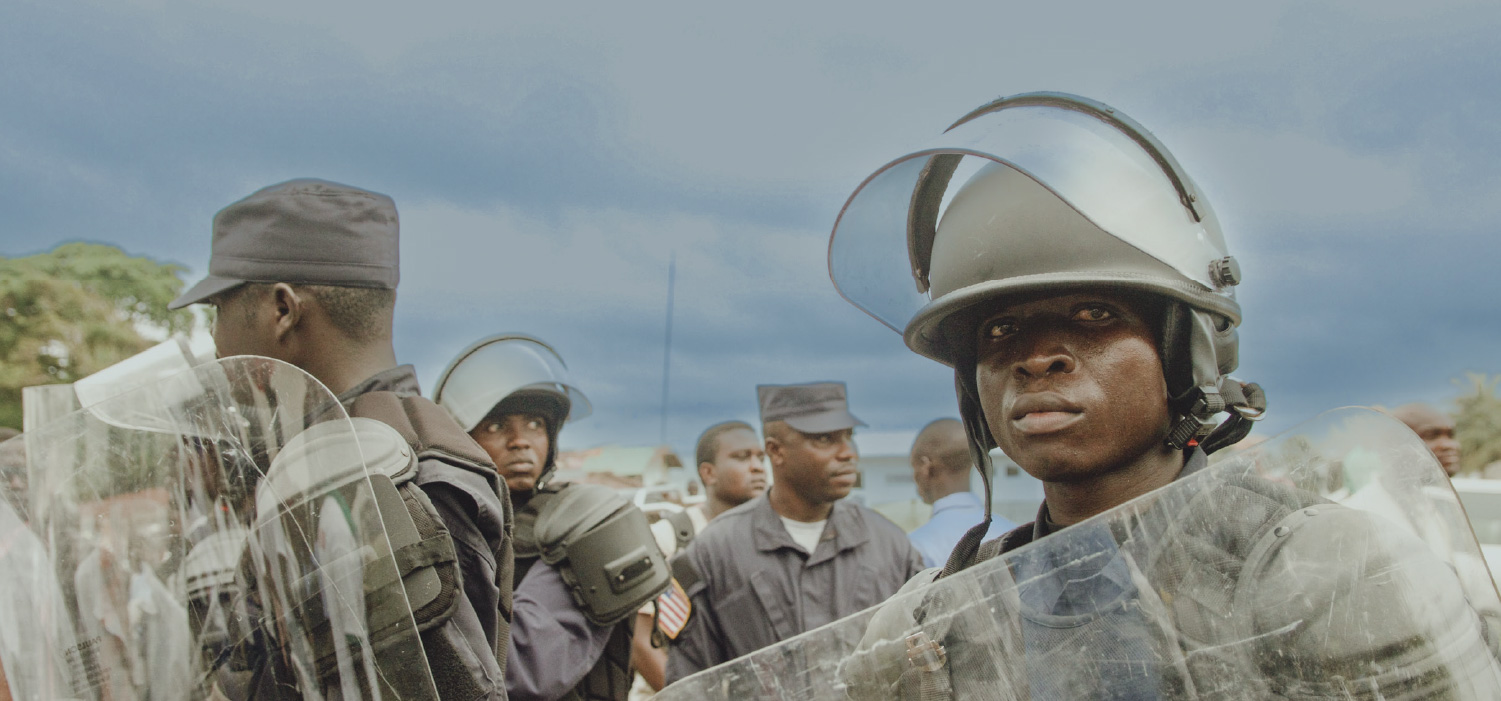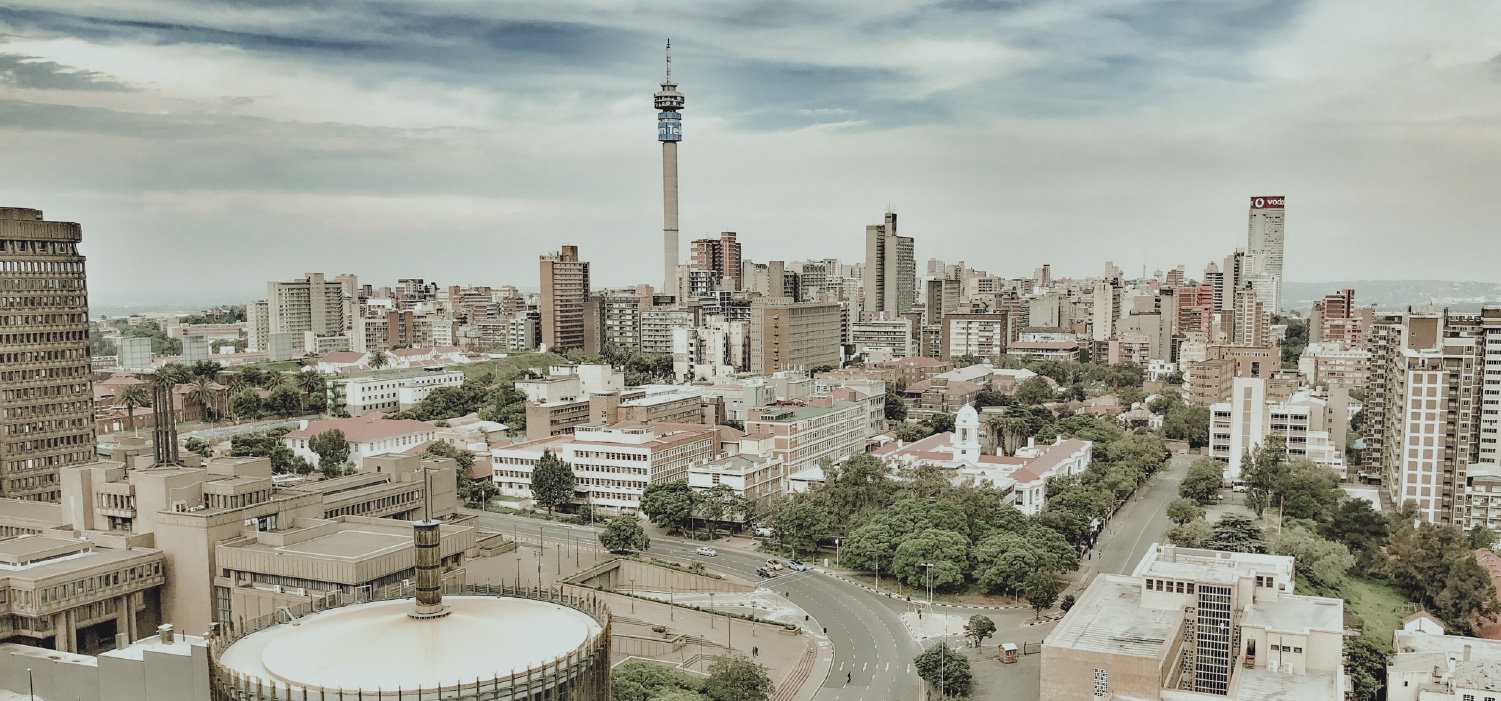African missions are coming of age. What does this mean for the Sahel region?
Editor’s Note: This is the second article in a series by Patrick Johnstone, author emeritus of Operation World, on the Sahel region of Africa. Read the first and third articles.
Setbacks in the Sahel
The Sahel,[1] a large component of the western third of the 10/40 Window,[2] stands today as one of the most spiritually needy areas of the world. The middle third of the 10/40 window covers the Middle East, and the eastern third, South and East Asia. The latter two are often in the news with reports of economic, political, and religious life, as well as many confrontations and wars. For the Sahel, there has been deafening silence.
Few journalists remain in this area to report on the chaotic situation where civil, ethnic, and jihadist wars rage. Danger of death and kidnapping has also driven many Western aid and missions personnel out of this region. UN, African, and Western military interventions have proven ineffective to suppress the insurgencies, and most are being withdrawn or even asked to leave. In the cases of Mali, Central African Republic, and Burkina Faso, this exodus has led local governments to invite Russia’s Wagner Group mercenaries to replace them. Amid the intense global needs created by the COVID-19 pandemic, the Russian invasion of Ukraine, and natural disasters across the globe, the world remains largely ignorant of the grave needs in the Sahel region.
The world remains largely ignorant of the grave needs in the Sahel region.
For the Sahel, the result is political and economic chaos, military coups, and famine. Somalia, Eritrea, South Sudan, Mali, Burkina Faso, Congo (DRC), Guinea-Bissau, and Libya are now effectually failed states. The UNHCR estimates that refugees in Africa may number 30 million,[3] of which maybe 4 million are in or from the Sahel.[4] Many of these displaced Sahelians have fled to other African and European countries, while many more—as in Sudan, Ethiopia, South Sudan, Central African Republic, Congo (DRC), Cameroon, and Nigeria—remain displaced in their own countries. The UN’s appeals for funding to aid those affected by this catastrophe go largely unheeded and grossly underfunded. ![]()

A less-visible spiritual conflict also rages in this region, which this map of contest zones highlights.[5] Over six centuries, Islam gradually spread southwards through Arab Moorish and Berber Tuareg traders with their horses, camels, and trading empires led by indigenous Mande, Songhai, Hausa, and Fulbe (Fula) Muslim sultans. Islam then percolated down to many of those they ruled. This expansion continued under British and French colonial rule, shown by the dark green line on the map in Figure 1. These four major clusters of peoples comprised of over 200 people groups remain the greatest challenge for the gospel today with relatively few breakthroughs.
The Gospel in the Sahel
The relative peace of European colonial rule made way for the enormous social investments of nineteenth century Christian mission in education, health, and communications. By the 1960s, hundreds of millions of Africans had become Christians, extending northwards to the yellow line on the map. Many advances were made among non-Muslim peoples who were under the political dominance of local Muslim leaders in the Sudan/Sahel. However, most of the people groups that retain a majority of traditional religionists are between these two lines. Here rages an ongoing contest between Muslims and Christians for the hearts and minds of these traditionalists. I have called this area a ‘contest zone’. Around 1,800 people groups live in the northern belt of this contest zone live, of which only about 600 have become majority Christian.
The turmoil in the Sahel over the past decade has severely limited mission activity, and many areas are now closed to or dangerous for such outreach. How can we serve and disciple these many countries and peoples?
Before the 1900s, Christian mission focused first on the coastal forest peoples, hence the strength of denominational missions—Anglicans, Methodists, Baptists, and Presbyterians. Then in the twentieth century, many evangelical missions—SIM, SUM, WEC, etc.—moved inland and witnessed great breakthroughs among savannah peoples. It is only more recently that missions have turned their attention to the predominantly Muslim peoples of the Sahel. Breakthroughs have been few until recently.
In my own agency, our first ministry to the Fulbe in Senegal was in the 1930s, but after over 90 years of ministry, only a handful have trusted in Jesus. WEC’s first missionaries to Chad in the 1960s focused on the Ouaddaï Province on the Sudan border, home to sixteen totally unreached peoples. Even after a half-century of ministry, they remain unreached with a handful of believers. The turmoil in the Sahel over the past decade has severely limited mission activity, and many areas are now closed to or dangerous for such outreach. How can we serve and disciple these many countries and peoples? Few secular or Christian agencies have plans to place workers among them; the current risks are too high. Yet the Great Commission is still valid and to be heeded by the church for all the peoples of this area, is it not?
Signs of Hope in the Sahel
- The Post-Independence Awakening: Few realize the extent of the astonishing harvest into the church after 1960, coinciding with many African countries’ rush to independence. Christianity became indigenized rather than extinguished as a colonial imposition. In 1900 only 1.6 percent of all Africans were Evangelicals, and by 1960 it had grown to 4.1 percent. But by 2000 it had grown to 14 percent or, in absolute numbers, from 1 million to 120 million.[6] The church in Africa has become indigenous and a dynamic force in missions.
Consider one example from Nigeria. Figure 2 shows a language map of the country. The colours indicate the extent to which these peoples have become Christian. Firstly, note how far north Christian communities are to be found. These exist in areas long considered solidly Muslim. Secondly, it raises the question about the number of Muslims. They are far fewer than official statistics would indicate. Northern and central Christians suffer considerable persecution—overt from Islamists and covert from the Muslim-dominated political class.
The church in Africa has become indigenous and a dynamic force in missions.
- Revivals: Parts of Africa were blessed with remarkable revivals in the 20th century.
- The East African Revival (1930–1960s+) was one of the most significant revivals of the twentieth century, with a strong emphasis on repentance, faith, new birth, and walking in the light. It began in Rwanda and spread next to Uganda, and then to surrounding nations. It produced many godly leaders in mainline denominations and deeply impacted the nations of East Africa with millions coming to a living faith. As a young missionary, I participated in a three-month tent evangelism campaign in Pumwani, the red-light district of Nairobi, in 1963. We worked closely with the local Revival Brethren. How blessed we were! Many were converted during that time.
- The Nigerian Student Revival (1967-1980s)[7] grew from the remarkable work of Scripture Union in secondary schools and the Nigeria Fellowship of Evangelical Students (NIFES) in universities. Out of this revival, which broke out in the terrible time of the Nigerian Civil War, came many of Nigeria’s Christian leaders and the birth of the Nigerian missions movement.[8] I had the privilege to speak at a NIFES conference in 1982 and have been honored to have come alongside Nigerian mission agencies since then. Many of these missions are passionate about evangelizing the Sahel and beyond, with a special concern for Muslim peoples.
- The Ethiopian Revival[9] had its roots in the work of SIM and the Lutherans in southwest Ethiopia during the Italian occupation in World War II, and then in the terrible time of persecution during the communist regime of Mengistu (1975–1990). Out of this emerged a strong missionary-minded church.
- Signs of breakthrough in some Muslim peoples: The rise of jihadist Islamic movements in the 1980s became a major issue after the ‘9/11’ attack in New York in 2001. It brought about massive changes in Christian mission to Muslim peoples, with a special emphasis on seeing people movements with multiplying churches in Muslim areas.It also resulted in a significant opening of the hearts of many Muslims to see the attractive alternative offered them in the gospel. The problems of security and the need to protect individuals and ministries make it hard to give details, but a significant number of such people movements are happening in Nigeria and across the Sahel among some of the Fulbe, Mande, Tuareg and other groups. Some of these movements now have thousands involved.
- The rise of the African missions movement: As part of the AD2000 and Beyond Movement in the 1990s, there emerged the Movement of African National Initiatives (MANI), which brought together African leaders to collectively work to evangelize the least-reached peoples of Africa. This gave a common platform for the emerging missions in East, West, and Southern Africa over the last two or so decades. Notably, a number of international mission agencies now have African leadership from those who have already proven themselves as pioneer missionaries.
The Future
The astonishing globalization of 1980 to 2008 is fading into history. The reverse of many aspects of globalization has picked up momentum since then and has been further hastened by the COVID-19 pandemic and the war in Ukraine. We are entering a totally different world, one characterized by greater regionalization, a new polarization between democracy and autocracy, a localization of trade, and networks with more limited funds and higher inflation.
In contrast, the globalization of peoples is likely to continue because of the increased instability of the world and the impact of climate change. This will be especially marked in the Sahel. This forces us in missions to adapt to lower recruitment, new funding mechanisms, heightened barriers to obtaining visas, increased travel costs, and more risk for expatriate workers.
African missions are coming of age. Since so many foreign missions have had to pull out from the region, the initiative has largely passed to African missionaries and their sending churches, many of them from younger generations. In light of this, foreign missions need to recalibrate their own roles and ministries and work together with African leadership and initiatives.
Endnotes
- The Sahel is the semi-arid region stretching the full width of Africa from the Atlantic Ocean to the Red Sea, covering the transitional area between the Sahara in the north and the savannahs to the south.
- The 10/40 Window (a name given to the area between the latitudes of 10⁰N to 40⁰N stretching from the Atlantic to the Pacific) was extensively used in the 1990s to alert the global church to the most unevangelized parts of the world. It was a brilliant, but rather inaccurate slogan, including areas like south Chad, Singapore, coastal China, and South Korea, while excluding needy countries like Mongolia, Kazakhstan, Indonesia, and Somalia.
- “Africa.” UNHCR. n.d. https://www.unhcr.org/en-us/africa.html.
- “Sahel emergency.” UNHCR. n.d. https://www.unhcr.org/en-us/sahel-emergency.html.
- In the 1990s, Global Mapping International produced a map of the world’s languages. As we developed the Joshua Project Database in the 2000s, we built on this resource by assigning religious percentages for each ethno-linguistic people. This map shows the African continent with each language coloured according to its largest religious component—green for Muslim, yellow for Christian, and blue for Traditional. Superimposed on this are the national borders.
- Patrick Johnstone. The Future of the Global Church. InterVarsity Press, 2014.
- Gary Maxie. “Nigeria’s Civil War Revival and the Legacy of ‘Pa’ Sydney Elton.” Church Times Nigeria. October 3, 2021. https://churchtimesnigeria.net/nigeria-elton-maxey/.
- Danny McCain. “The Nigeria Civil War Revival and its Progeny.” The WATS Journal 3, no 1 (September 2018). https://place.asburyseminary.edu/cgi/viewcontent.cgi?article=1000&context=watsjournal.
- Brian C. Stiller. “The Beguiling Country of Ethiopia.” The Evangelical Fellowship of Canada. August 17, 2014. https://www.evangelicalfellowship.ca/Communications/Dispatches-from-Brian-Stiller/August-2014/The-Beguiling-Country-of-Ethiopia.aspx.





